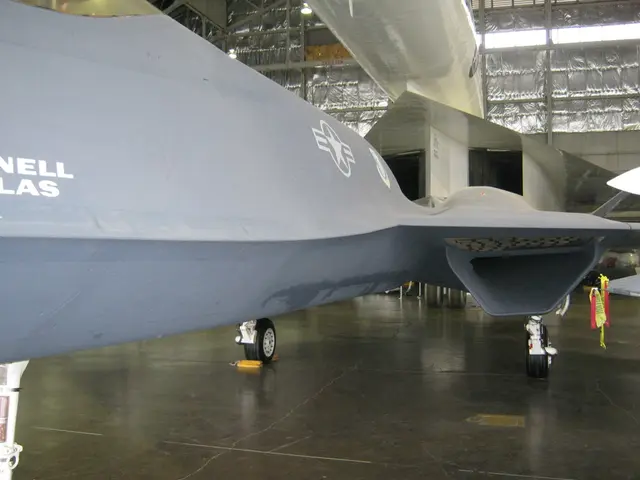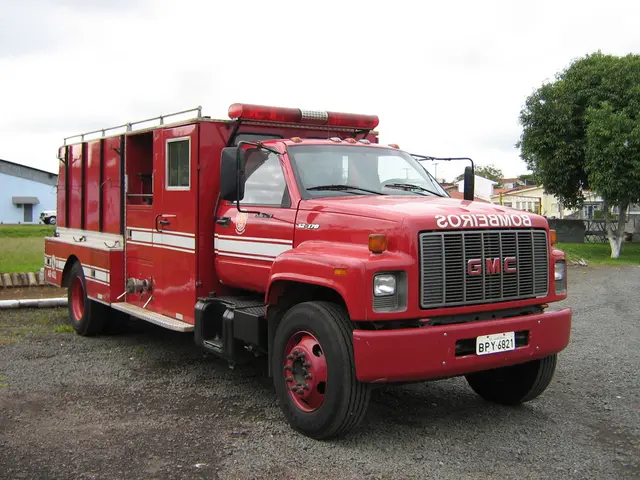Tesla Reduces Grace Period for Autopilot and Full Self-Driving Subscription Cancellations to 3.5 Days
Tesla is preparing to release FSD version 14, a significant update that the company's CEO, Elon Musk, has described as the 'second biggest update ever,' following version 12. This latest development marks a significant stride in Tesla's vision of a more autonomous future.
The first vehicles to receive FSD version 14 will be the Hardware 4 (HW4) models. This public rollout, which started in Australia and New Zealand, signifies Tesla's steady progress in making its autonomous driving technology more accessible.
Musk has teased that V14 will nag drivers much less, indicating a focus on keeping drivers engaged without being overly punitive. To support this, Tesla is reducing the forgiveness period for Autopilot or Full Self-Driving (FSD) strikes from seven days to 3.5 days.
The strike system issues a penalty when drivers are inattentive while using Autopilot or FSD. Drivers can accumulate up to five strikes (or three in vehicles without a cabin camera), after which FSD is disabled until the strikes expire. Tesla's adjustments seem to underline its growing faith in the technology.
Previously, a strike would disappear from your record after a week if no further incidents occurred. However, with the new update, the same reset will take just 3.5 days. This shorter period may apply only to newer HW4-equipped vehicles, or it may also extend to HW3 owners upon FSD 14 upgrade.
Tesla's focus on balancing safety with convenience is evident in the changes in the driver monitoring rules. The company appears to be allowing strikes to clear faster while reducing how aggressively the system monitors drivers. This strategy aims to provide a smoother and less intrusive driving experience without compromising safety.
Musk has claimed that V14 could be two to three times safer than a human driver, suggesting a high level of confidence in the maturity of the software. Tesla's adjustments and the growing confidence in the software's capabilities suggest that we are moving closer to a more autonomous future.
Employees at Tesla were the first to receive Version 14 of Full Self-Driving (FSD). With the deployment to customers expected by the end of the year, drivers worldwide are eagerly awaiting the opportunity to experience the latest advancements in Tesla's autonomous driving technology.








